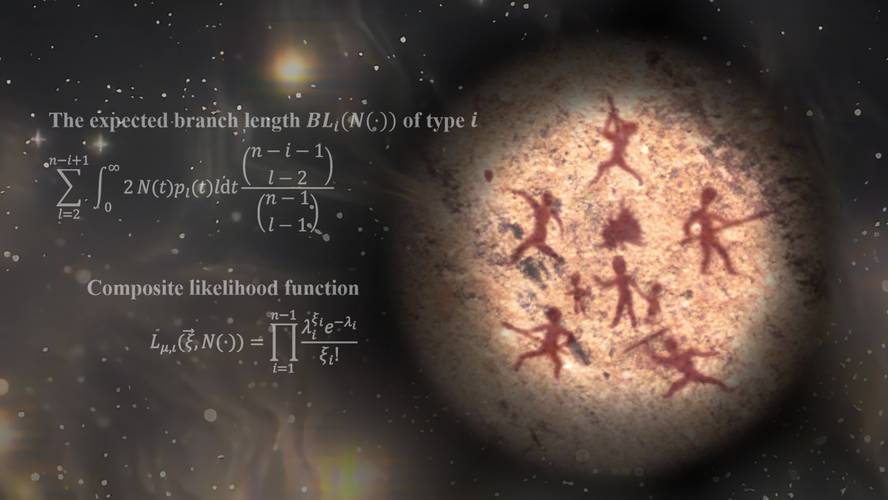The human population almost disappeared 800,000-900,000 years ago

With the new genetic method FitCoal, they have come to the conclusion that in the transition from the Pleistocene to the center, the human population was greatly reduced, going from a hundred thousand individuals to a thousand. And for 100,000 years, it didn't grow until the weather warmed, and maybe technological advances like the ability to control fire would come.
The research has been led by researchers from the China Foundation of Natural Sciences and their results have been published in the journal Science. As explained, in recent years a good knowledge of the population dynamics of Homo sapiens has been achieved thanks to advances in genome sequencing. However, knowing the dynamics of species prior to modern man is much more difficult, among other things, because it is not easy to extract and sequence ancient DNA. The FitCoal method has allowed us to go back to current human data, recreating the branches of gene families. Thus, researchers have been able to identify evolutionary phenomena.
Among these facts is the loss of population from 800,000 to 900,000 years ago. In fact, 65.85 percent of human genetic diversity disappeared. In parallel, it seems that a process of speciation occurred. Apparently, two precursor chromosomes came together creating the 2 current human chromosomes. They also suggest that they have found the last common ancestor of the Denisoveses, Neanderthals and modern man.
However, they have acknowledged that they still have many questions to answer and that therefore they will continue to investigate to learn about the old dynamics of the human population.





